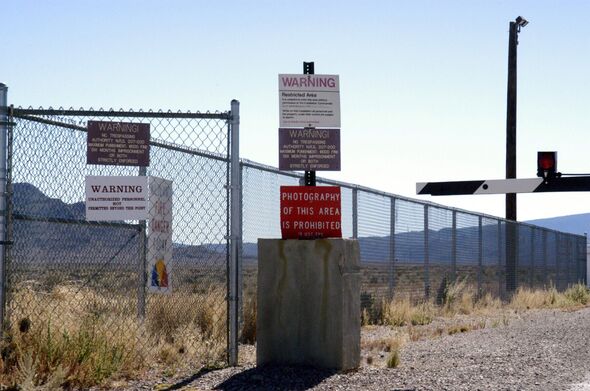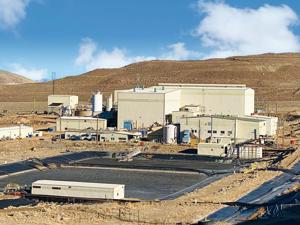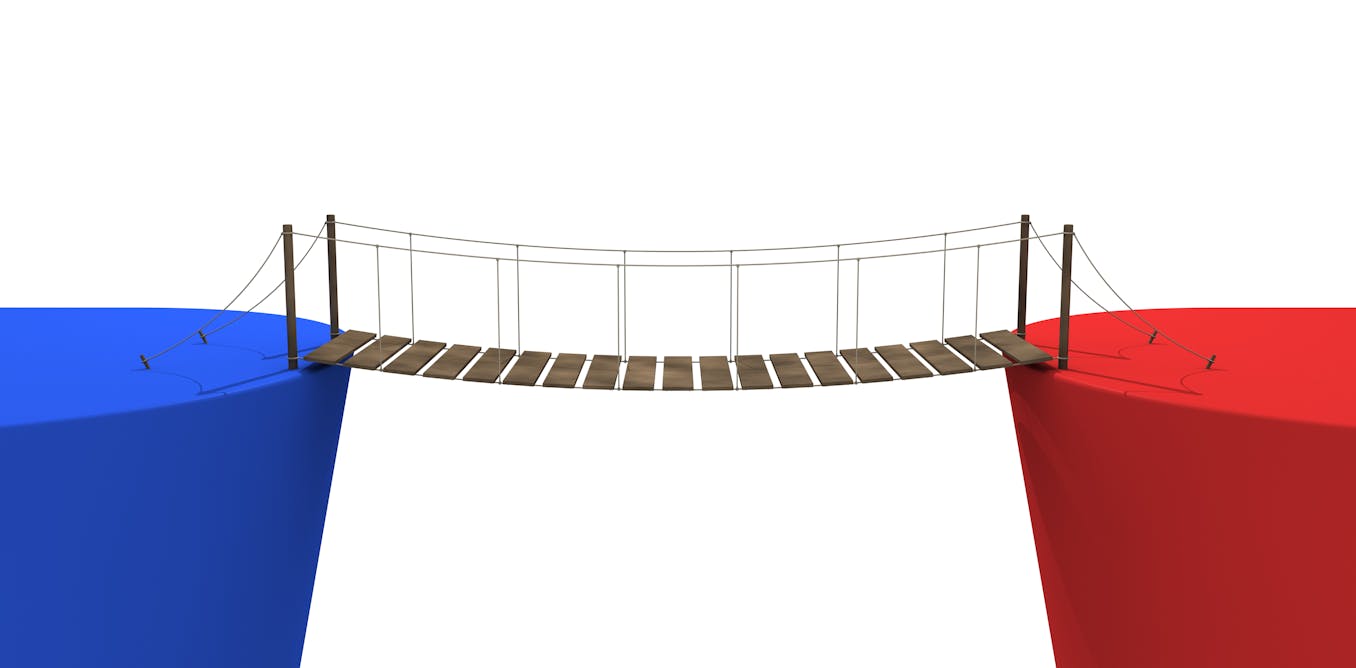CIA Breaks Silence on Area 51, AI Reveals ‘Alien’ Images

The CIA has officially addressed the enigmatic Area 51 for the first time in nearly six decades, coinciding with new AI-generated images that speculate on the appearance of supposed extraterrestrial beings at the military base. These digitally rendered depictions present a range of alien forms, from the classic large-headed figures to more humanoid creatures, some even donning contemporary Earth fashion like aviator sunglasses.
The Long-Standing Mystery of Area 51
Located approximately 83 miles northwest of Las Vegas, Nevada, Area 51 has long been shrouded in secrecy. Originally established by the US Air Force and CIA in 1955 for testing the Lockheed U-2 aircraft, the site has fueled decades of speculation and conspiracy theories about its activities. The CIA remained tight-lipped about the facility until March 2014, when a Freedom of Information Act (FOIA) request revealed its existence, yet many questions about its purpose remain unanswered.
Area 51, officially known as Homey Airport, has become a focal point for UFO enthusiasts. The site’s reputation as a hub for classified military operations has entrenched it in the folklore surrounding alien life. Speculations abound regarding the types of beings that could be housed there, with some theories suggesting they may resemble humans, possibly even wearing uniforms similar to those of US Air Force personnel.
Despite the intrigue, official statements about the nature of research conducted at the site have been sparse. The recent AI-generated images provide a creative lens for fans of the phenomenon, depicting aliens with characteristics ranging from mid to long white hair to fashionable sunglasses suited for the harsh Nevada climate. One image even sparked conversation due to its resemblance to a prominent US politician.
Public Fascination and Attempts to Storm the Base
The allure of Area 51 reached a peak in 2019 with a viral social media event that humorously called for a mass “storming” of the base. While organizers encouraged the Facebook community to gather and seek evidence of alien life, the actual turnout consisted of around 1,500 spectators. Authorities were well-prepared, ensuring no attempts to breach the facility occurred.
Tourism around Area 51 has also been affected by its reputation. The site is now a key destination for enthusiasts, with nearby attractions such as the Extraterrestrial Highway drawing visitors. Route 375, which starts about an hour and a half from Las Vegas in Crystal Springs, leads travelers toward the town of Rachel, the closest populated area to the base.
Psychology professor David Ludden provides insight into the enduring fascination with Area 51. He notes that the government’s secrecy has piqued the curiosity of even the most skeptical individuals. In an interview with Time, Ludden stated, “In one sense, it is a conspiracy, because it’s a secret area. The government actually is doing something it doesn’t want us to know about.”
As interest in extraterrestrial life continues to thrive, the combination of government secrecy and innovative technology may keep Area 51 at the forefront of public intrigue. Whether or not any real discoveries await within its confines remains an open question, but AI-generated interpretations are helping to shape the narrative and fuel the imagination of those captivated by the mysteries of the universe.






